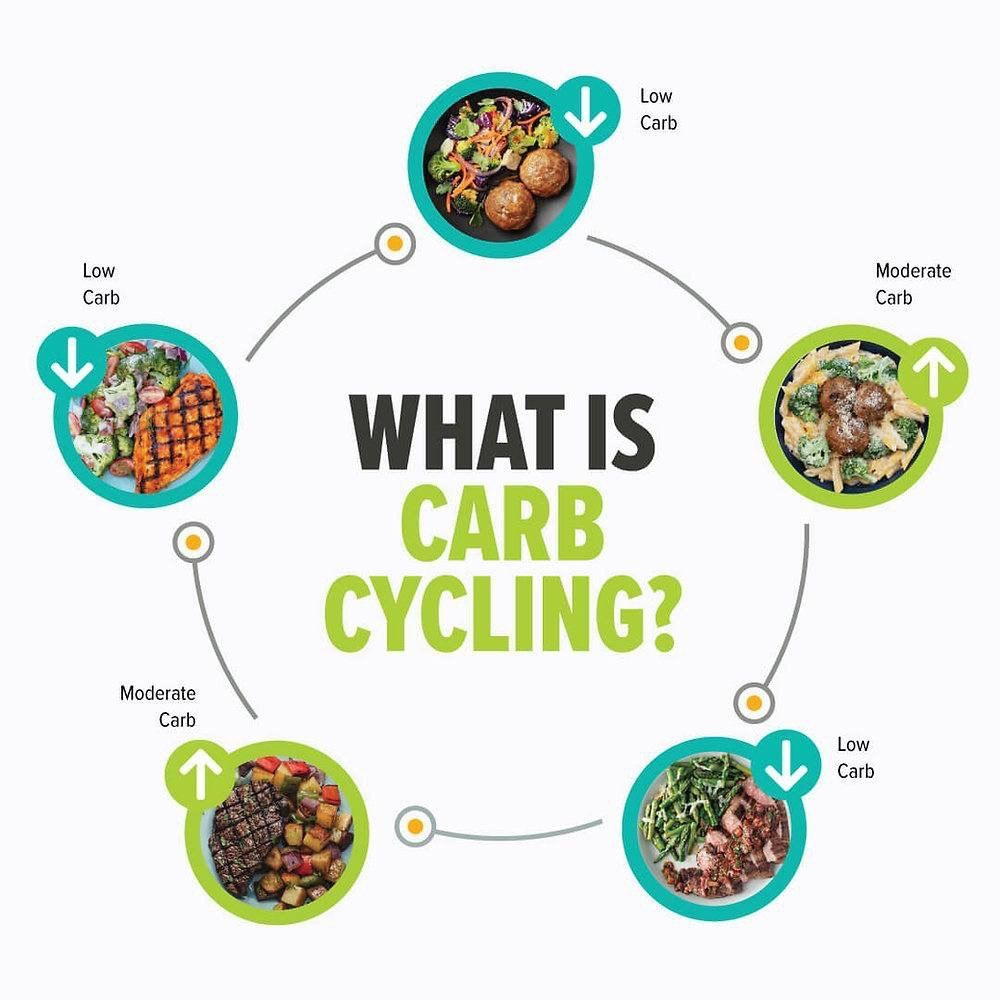Why Carb Cycling Works?
Carb cycling is a dietary approach that involves alternating periods of high-carbohydrate intake with periods of low-carbohydrate intake. This technique has gained popularity in recent years due to its potential to promote weight loss and improve overall health. In this article, we will explore the science behind carb cycling and why it can be an effective strategy for weight loss.
The Basics of Carb Cycling
Carb cycling involves alternating between high-carbohydrate days and low-carbohydrate days. The high-carbohydrate days typically involve consuming 2-3 grams of carbohydrates per kilogram of body weight, while the low-carbohydrate days involve consuming 0.5-1 gram of carbohydrates per kilogram of body weight. The high-carbohydrate days are typically consumed on non-training days, while the low-carbohydrate days are consumed on training days.
The Benefits of Carb Cycling for Weight Loss
1. Increased Fat Burning: Carb cycling can increase the body's ability to burn fat as a primary fuel source. When carbohydrate intake is low, the body is forced to rely on stored fat for energy, leading to increased fat burning and weight loss.
2. Improved Insulin Sensitivity: Carb cycling can improve insulin sensitivity, which is the body's ability to efficiently use insulin to regulate blood sugar levels. Improved insulin sensitivity can lead to increased fat burning and weight loss.
3. Reduced Inflammation: Carb cycling can reduce inflammation in the body, which is a key factor in the development of chronic diseases such as obesity, diabetes, and heart disease.
4. Enhanced Muscle Growth: Carb cycling can enhance muscle growth by providing the body with the necessary building blocks for muscle protein synthesis.
5. Improved Mood: Carb cycling can improve mood by regulating blood sugar levels and reducing inflammation in the brain.
The Science Behind Carb Cycling
Carb cycling works by manipulating the body's insulin and glucagon response. Insulin is a hormone that regulates blood sugar levels, while glucagon is a hormone that stimulates the breakdown of glycogen and fat for energy. When carbohydrate intake is high, insulin levels increase, causing the body to store fat and build muscle. When carbohydrate intake is low, glucagon levels increase, causing the body to break down stored fat for energy.
Studies have shown that carb cycling can lead to significant weight loss and improvements in body composition. A study published in the Journal of the International Society of Sports Nutrition found that a 12-week carb cycling intervention led to an average weight loss of 7.4 kg (16.3 lbs) and a 10.6% reduction in body fat. Another study published in the Journal of Obesity found that a 16-week carb cycling intervention led to an average weight loss of 10.2 kg (22.5 lbs) and a 12.6% reduction in body fat.
Conclusion
Carb cycling is a dietary approach that can promote weight loss and improve overall health. By alternating periods of high-carbohydrate intake with periods of low-carbohydrate intake, carb cycling can increase fat burning, improve insulin sensitivity, reduce inflammation, enhance muscle growth, and improve mood. The science behind carb cycling involves manipulating the body's insulin and glucagon response, leading to increased fat burning and weight loss. Whether you're looking to lose weight or improve your overall health, carb cycling may be a valuable addition to your dietary strategy.



